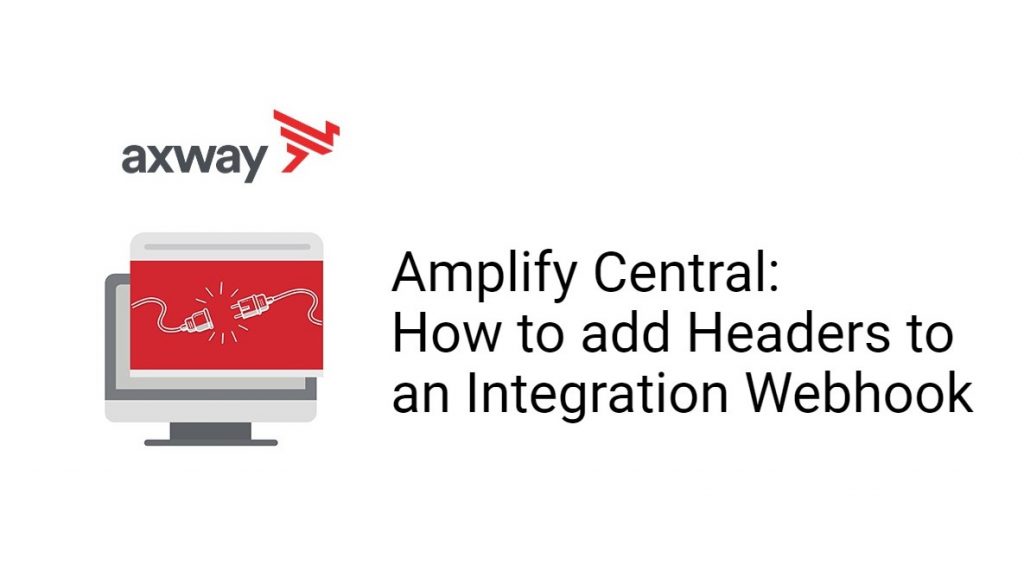In a prior post, we discussed secrets for an Integration Webhook Authorization header.
However, what if your Webhook requires a different header, such as an API Key? Let’s look at how to add an API Key Header (or any non Authorization header, for that matter) to your Integration Webhook.
Modify your YAML
Recall that in this blog post we saw how we can use the Axway Central CLI and a YAML file (resources.yaml) to create an Integration Webhook.
For example, if I want to modify my existing Integration Webhook and send the following two API Keys with my Webhook:
"apikey": "1234",
"x-apikey": "5678"I could add the following to my YAML file in the Webhook -> spec section:
headers:
apikey: "1234"
x-apikey: "5678"The complete updated YAML file is shown below:
name: myintegration
kind: Integration
apiVersion: v1alpha1
title: Integration
tags:
- cloud
spec:
description: This is an integration.
---
name: webhooksecret
kind: Secret
apiVersion: v1alpha1
title: API Key Secret for Webhook reference
tags:
- saas
- axway
metadata:
scope:
kind: Integration
name: myintegration
spec:
data:
apikey: Password123
---
name: webhook
kind: Webhook
apiVersion: v1alpha1
title: Webhook to invoke requestbin.com
tags:
- prod
- saas
- axway
attributes:
release: 1.0.0
metadata:
scope:
kind: Integration
name: myintegration
spec:
enabled: true
url: https://en9c5wvi5vta4.x.pipedream.net
headers:
apikey: "1234"
x-apikey: "5678"
auth:
secret:
name: webhooksecret
key: apikey
---
group: management
apiVersion: v1alpha1
kind: ResourceHook
name: environments-hook
title: Monitor Environment manualenv and all its resources
metadata:
scope:
kind: Integration
name: myintegration
spec:
triggers:
- group: management
kind: Environment
name: manualenv
type:
- created
- updated
- deleted
- group: management
kind: "*"
name: "*"
type:
- created
- updated
- deleted
scope:
kind: Environment
name: manualenv
webhooks:
- webhookUpdate Existing Integration Webhook
Now, I can update my previously created Integration Webhook as follows:
axway central apply -f resources.yaml
Note that if you don’t have an existing Integration Webhook already created, then you can create it using
axway central create -f resources.yaml
When an event triggers the Webhook, the headers will be sent as part of the Webhook as shown below:
Summary
In this blog post, we saw how to create headers for our Integration Webhook and how to update an existing Integration Webhook using the Axway Central CLI.
Learn more about Amplify Central Integration Webhooks — API Publish Approval.
